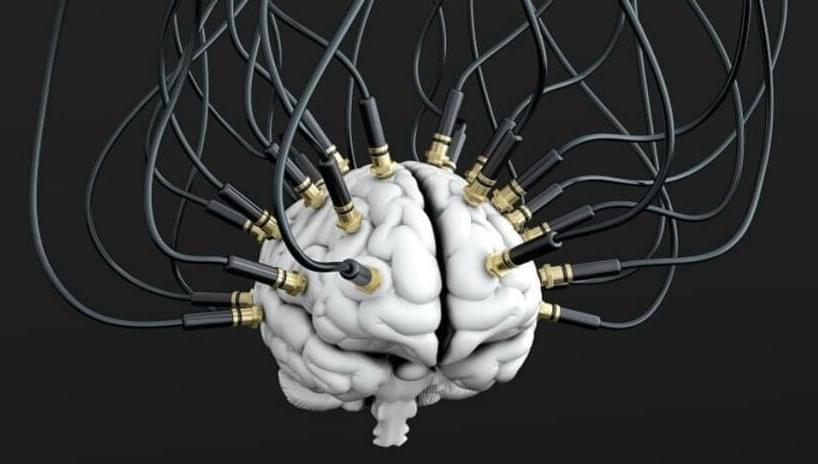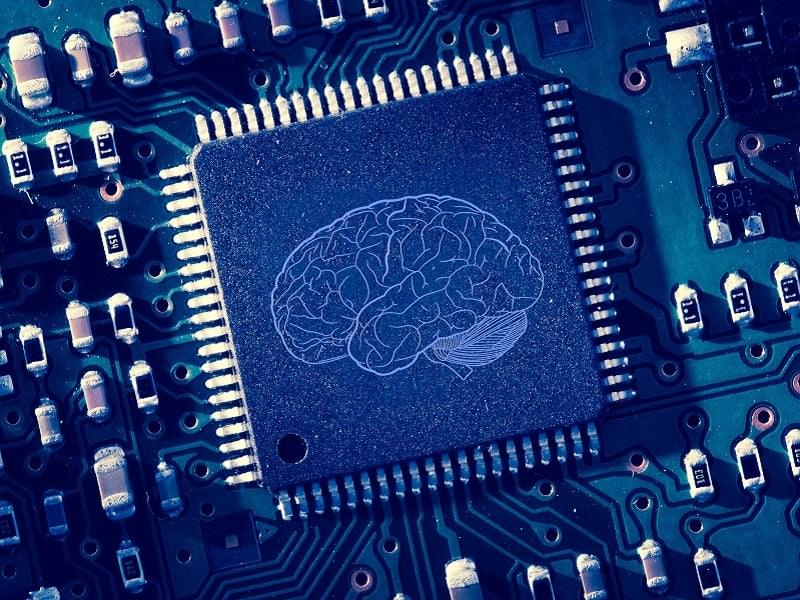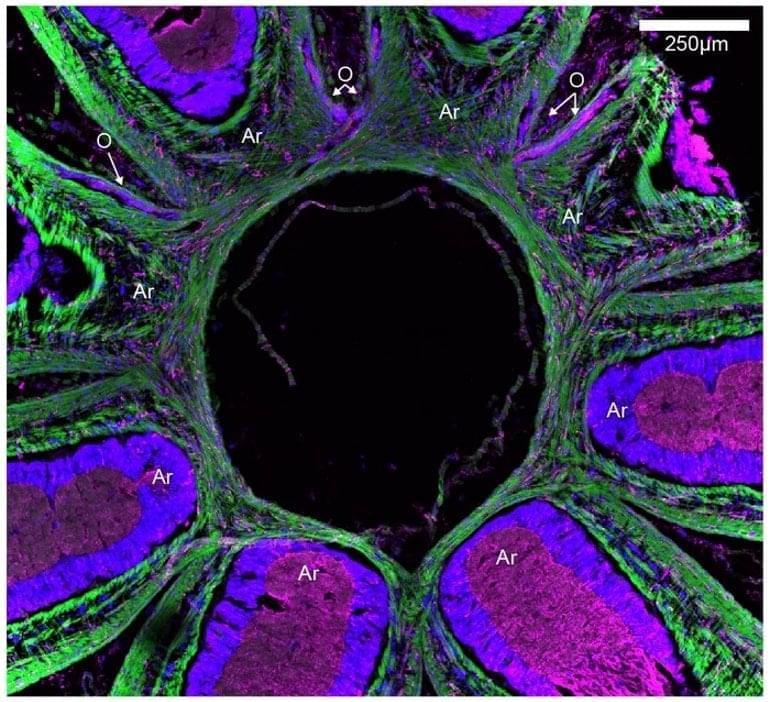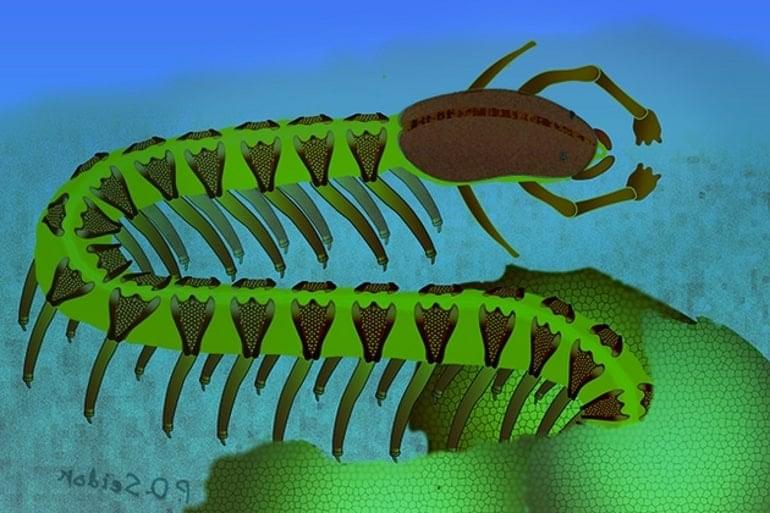This educational video about cellular automata was filmed, narrated, and edited by Rudy Rucker in 1990, using some “CA Lab” software he worled on at Autodesk. Renamed “Cellab,” the software and manual are available for free on Rucker’s website.
http://www.rudyrucker.com/oldhomepage/cellab.htm.
But certainly you can watch the video without using the software. Two-dimensional CA rules discussed include Langton’s worm, the game of Life, Silverman’s Brain, the Vote rule, the Rug rule, gas-simulating rules, and many others.







